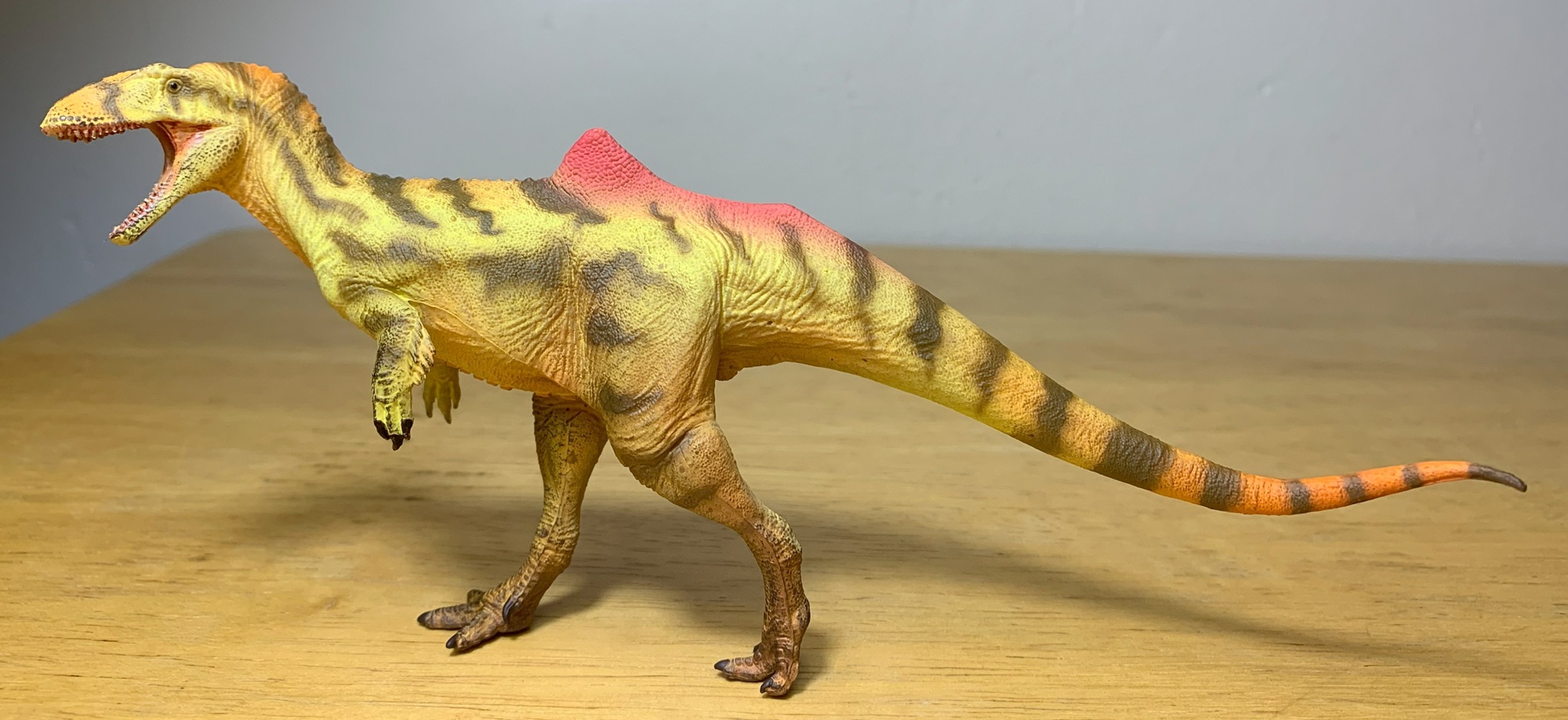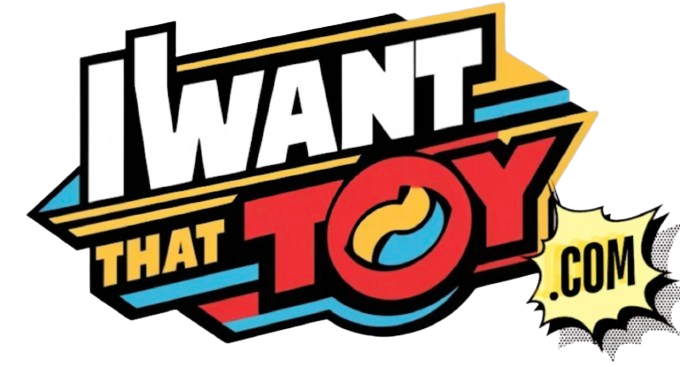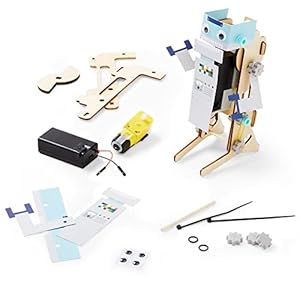
Concavenator is a genus of carcharodontosaurian that hails from Spain and was described in 2010, the same year I started collecting dinosaurs! Although only known from a single specimen it’s a nearly complete and articulated one. Concavenator is immediately recognizable thanks to two tall vertebrae in front of the hips that are thought to have supported a hump. Additionally, the specimen preserved bumps on the ulna similar to the quill knobs that anchor feathers on birds. The paper’s authors took this as evidence of feathers or quills on a non-coelurosaur dinosaur, but others are skeptical about their identification as quill knobs. Others pointed out that the knobs are on the wrong side of the ulna and were likely intermuscular lines where tendons would attach. Controversy ensued and long story short, we still don’t know what the bumps were. Concavenator has been depicted both with and without feathers or quills in paleoart and media. Concavenator lived in what is now the La Huérguina Formation during the early Cretaceous. Other dinosaurs known from the formation include Pelecanimimus and Mantellisaurus.


Concavenator was enough of a media sensation that toys quickly followed its description. CollectA was, usurpingly, the first to make one but Carnegie, GeoWorld, Favorite, Safari Ltd., Papo, and Mattel all have a Concavenator in their toy ranges. I have the CollectA one but have been itching for a better representative in my cabinet. Although I hoped PNSO would deliver one Haolonggood ended up beating them to the punch. This is my first Haolonggood theropod!

Concavenator is estimated to have measured 16-20’ (5-6 meters) while the Haolonggood figure measures 7.1” (18 cm) and stands 3” (7.62 cm) tall to the top of the head. Scaled down from a length of 20’ we get a scale of 1/33, a bit off from the advertised scale of 1/35. The figure is presented in mid-stride and veering leftward with the tail drooping down and rightward. The mouth is open and not articulated. Since Haolonggood has had a rough go with articulated jaws and the figure is so small I’m alright without the articulation. Indeed, I think it makes the figure look better than past Haolonggood theropods.

I cannot find any glaring inaccuracies with this figure. The figure closely adheres to what is seen in the holotype specimen. The hump dips down slightly over the hips and then raises up again at the tail base. Interpretations of the hump vary, with some presenting a sail or hump that closely follows the holotype’s anatomy while others fill in the gap between the spines in front of the hips and those behind it, making it look more triangular. I have no preference.

Quills are included on the arms. I’ve always been a bit skeptical of the quill knob hypothesis. Or rather, interpretations that include quills on the arms but feathers nowhere else. It seems unlikely that this animal would have them on the arms only, unless maybe it was a display feature or served another purpose. On this figure they’re small without anything to draw attention to them. You could easily look over them, which to me means they’re purposeless and their presence would be unlikely. I realize this is a common approach to Concavenator reconstructions but not all of them have the quills, both of Safari’s and Mattel’s lack them, for example.


We have skin impressions for Concavenator that show it had broad, rectangular scales on the underside of the tail, and bird-like scutes on the feet. The scutes are included but those on the tail are not. The rest of the body is covered in small pebbly scales with a cluster of feature scales over the shoulders, between the neck and hump. Scutes also run down the back of the hands and fingers and despite their small size the feathers are well sculpted in two overlapping layers. The claws on the hand are small, curved, and sharp.


The details inside the mouth are astonishing given the size of the figure. The teeth are small, sharp, and tightly packed. The tongue has a groove running down the middle and nasal openings can be seen on the roof of the mouth. With the mouth open it is hard to say if the figure has exposed teeth or not, which to my mind means it doesn’t matter. Sagging skin folds and wrinkles are primarily sculpted on the nape and underside of the neck, around the limb joints, rolling over the knees and toes, and along the tail base. The figure has a lean and muscular build overall. The feet are rather petite, but the figure is decently stable, I wouldn’t display it on the edge of a shelf though. It seems like inevitable warping will diminish its stability over time. All bodily orifices are present.

As usual, the figure is available in two different paintjobs. Li Yun is gray/blue with an orange hump while the one I have, Li Li, is yellow with a pink hump. Patterning on both is the same, only the colors differ. With Li Li we get yellow coloration across the body with hints of orange along the throat, lower torso and legs, top of the head, tip of the snout, nape, and back, and a tail tipped in bright orange.

Although we get squiggles and stripes again it is well executed here, appearing with purpose and less random than on some Haolonggood figures. Brown stripes run over the face, neck, and back, and transition to bands along the tail tip. Stripes over the eyes run down the neck, where they’re greeted by horizontal squiggles along the arms, torso, and down the legs. A dark wash over the face, arms, and legs really make the scale detail on those places pop. The hot pink hump also helps accentuate the scale detail there. And of course, the blending of all these colors together is first rate.

The teeth are white, and the inside of the mouth is pink with a darker pink wash over it. All the claws are painted black. Both variants of this figure are lovely, and choosing between them was so difficult that it almost ended up being random. I feel like the yellow coloration, broken by the contrasting dark bands and squiggles, would serve this animal well in nature. You don’t see a lot of hot pink on dinosaurs, and it really helps emphasize the likely display function of the hump. I would have liked it if the quills were tipped in bright colors too, perhaps pink like the hump.

Although Haolonggood nailed its herbivores coming out the gate they’ve had growing pains with their theropods, mostly in their attempt to articulate the jaw. For that reason, I’ve mostly ignored their theropods but this figure and their Majungasaurus raised the bar. Nixing the articulation definitely helped. The only issues I have with this figure are some visible seam lines and potential stability issues. The Haolonggood Concavenator is easily the best model of the genus, and certainly the best model of it that is currently available. Unless PNSO releases one it’s likely to stay that way. The Haolonggood Concavenator is widely available online for about $20.

Trending Products










